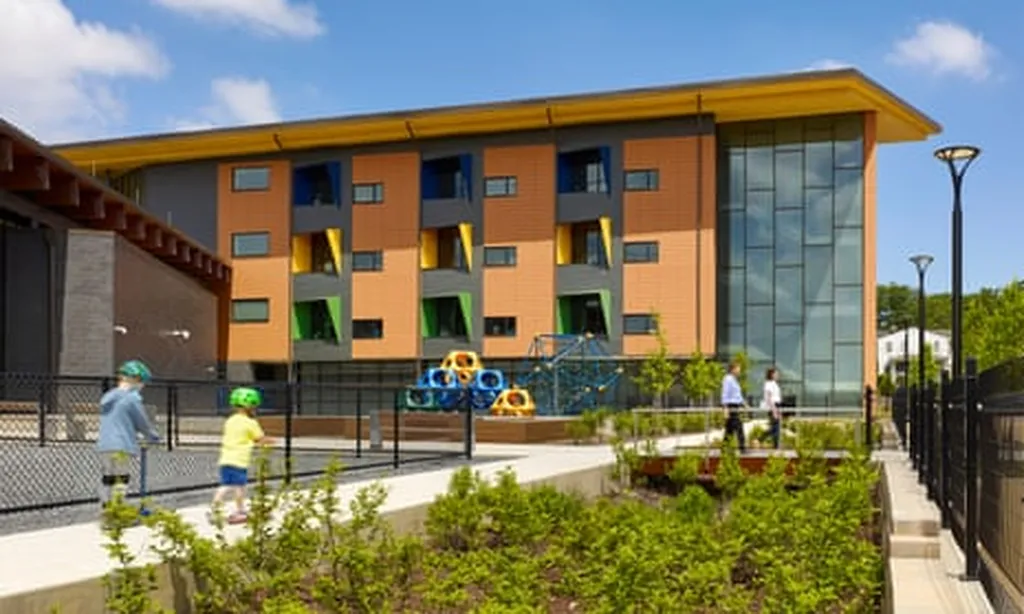In the quest to make our buildings more energy-efficient, researchers are turning to an often-overlooked technology: heat pipes. A recent study published in the *NTU Journal of Engineering and Technology* (New Technology University Journal of Engineering and Technology) has shed new light on how these simple yet effective devices can revolutionize HVAC systems, particularly in the realm of dehumidification. The study, led by Ola Talal Mayoof of the Middle Technical University, explores how heat pipe heat exchangers (HPHEs) can significantly reduce energy consumption in air conditioning systems, a finding that could have substantial commercial impacts for the energy sector.
Heat pipes are essentially passive heat transfer devices that use phase change to move heat from one point to another with remarkable efficiency. They’ve been around for decades, but recent advancements in materials and design have opened up new possibilities for their application. Mayoof’s study focuses on integrating HPHEs into HVAC systems to enhance their dehumidification capabilities, a process crucial for maintaining indoor air quality and comfort.
“The inclusion of HPHE in HVAC systems succeeded in reducing the energy consumed by the precooling and reheating processes,” Mayoof explains. This is a significant finding, as dehumidification is typically an energy-intensive process. By improving this aspect of HVAC performance, HPHEs could lead to substantial energy savings, particularly in humid climates where dehumidification is a constant challenge.
The study also delves into the design and analysis of heat pipes, examining how different configurations and materials can affect their performance. This research could pave the way for more efficient, tailored heat pipe designs that can be optimized for specific applications.
So, what does this mean for the future of HVAC systems and the energy sector as a whole? For one, it suggests that heat pipes could play a much larger role in building design, particularly in regions where energy efficiency is a priority. As buildings become more airtight and energy codes more stringent, technologies like HPHEs could become standard components in HVAC systems.
Moreover, the study highlights the importance of continued research into heat pipe technology. As Mayoof notes, there’s still much to learn about how these devices can be optimized for different applications. With further research, heat pipes could become even more efficient, opening up new possibilities for their use in everything from electronics cooling to industrial processes.
In the meantime, the findings of this study serve as a reminder that sometimes, the most effective solutions are the simplest ones. Heat pipes may not be a new technology, but their potential for improving energy efficiency is just beginning to be realized. As we strive to make our buildings more sustainable, technologies like HPHEs could prove to be invaluable tools in our quest for a greener future.

